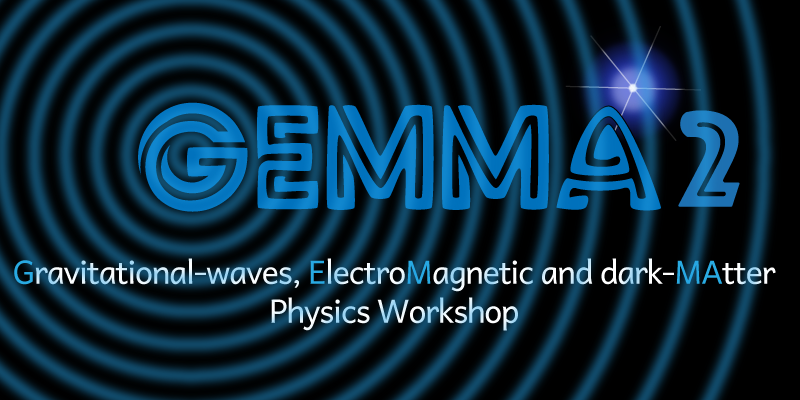Description
This abstract is intended for GEMMA2 poster session.
Abstract:
Gravitational Waves (GWs) are ripples in space-time, theorized by Albert Einstein in 1916 but detected only in 2015 through a coalescence of a binary black hole system. Another interesting GW source is neutron stars (NSs), which can emit Continuous GWs (CWs) for the long-lasting nature of the signal. NSs can be found as isolated CW sources, or in a binary system with a non-compact companion. To detect CW signals different searches arise, like targeted, narrow-band, directed, and all-sky - here, no parameter of the CW source is known, but it is needed to try to fill the gap between observed NSs and their estimated population. Frequency Hough (FH) is an All-sky pipeline, built to detect CW signal from isolated NSs.\ In my Ph.D. research work, I'm better characterizing the performances of parameter estimation of the FH pipeline in cases of small
signal-to-noise-ratio (SNR) or disfavoured sky position for isolated NS and NS in a binary system. The former is the preferred source, but the FH could be exploited for the latter in the case of long-period binaries ($P_{orb}\geq T_{run}$). This would be combined with the use of Machine Learning techniques (such as CNN) for Houghmap recognition (map in the $f,\dot{f}$ space), distinguishing the two sources and helping to use FH as trigger for binary pipelines.

